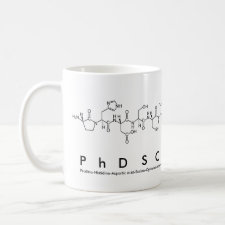
Authors: Székely G, Bandarra J, Heggie W, Sellergren B, Ferreira FC
Article Title: A hybrid approach to reach stringent low genotoxic impurity contents in active pharmaceutical ingredients: Combining molecularly imprinted polymers and organic solvent nanofiltration for removal of 1,3-diisopropylurea.
Publication date: 2012
Journal: Separation and Purification Technology
Volume: 86
Issue: (1)
Page numbers: 79-87.
DOI: 10.1016/j.seppur.2011.10.023
Alternative URL: http://www.sciencedirect.com/science/article/pii/S1383586611006241
Abstract: The present study evaluates the adequacy of different approaches for the removal of 1,3-diisopropylurea (IPU), a potentially genotoxic impurity (GTI) from active pharmaceutical ingredients (APIs). The use of Organic solvent nanofiltration (OSN) to separate APIs and IPU, based on their molecular size difference was first evaluated using different membranes and solvents, and GMT-oNF-2 membrane was tested in diafiltration mode for the removal of IPU when dissolved in dichloromethane (DCM). A diafiltration dilution ratio of 3 was found as optimum to achieve 90% removal of IPU with a 2.5% loss of the model API. A novel IPU-selective Molecularly Imprinted Polymer (MIP) was then used for final polishing to remove remaining IPU. Hence, below 100 ppm IPU, IPU removal of 83% was achieved in one single stage. A selective elution system was also developed, consisting of the use of methyl isobutyl ketone (MIBK) in the first steps to recover virtually all the API that binds non-specifically to the MIP scavenger and methanol on the later steps to remove IPU and recover the MIP. The selectivity and stability of the MIP scavenger was validated over 18 independent operations using the same MIP sorbent. The combination of OSN with a diafiltration dilution ratio of 3 and a single MIP polishing stage allows reducing the IPU contamination from 100 mgIPU/gAPI to 2 mgIPU/gAPI with an API loss, mostly at the OSN stage, of about 3%. The results obtained using the hybrid OSN - MIP process were compared to those using MIP scavengers or OSN alone. The MIP - OSN hybrid approach, combining the advantages of both techniques, offers an attractive new approach for API purification
Template and target information: 1,3-diisopropylurea, IPU
Author keywords: Molecularly imprinted polymers, Organic solvent nanofiltration, API purification, Genotoxic impurities



Join the Society for Molecular Imprinting

New items RSS feed
Sign-up for e-mail updates:
Choose between receiving an occasional newsletter or more frequent e-mail alerts.
Click here to go to the sign-up page.
Is your name elemental or peptidic? Enter your name and find out by clicking either of the buttons below!
Other products you may like:
 MIPdatabase
MIPdatabase









